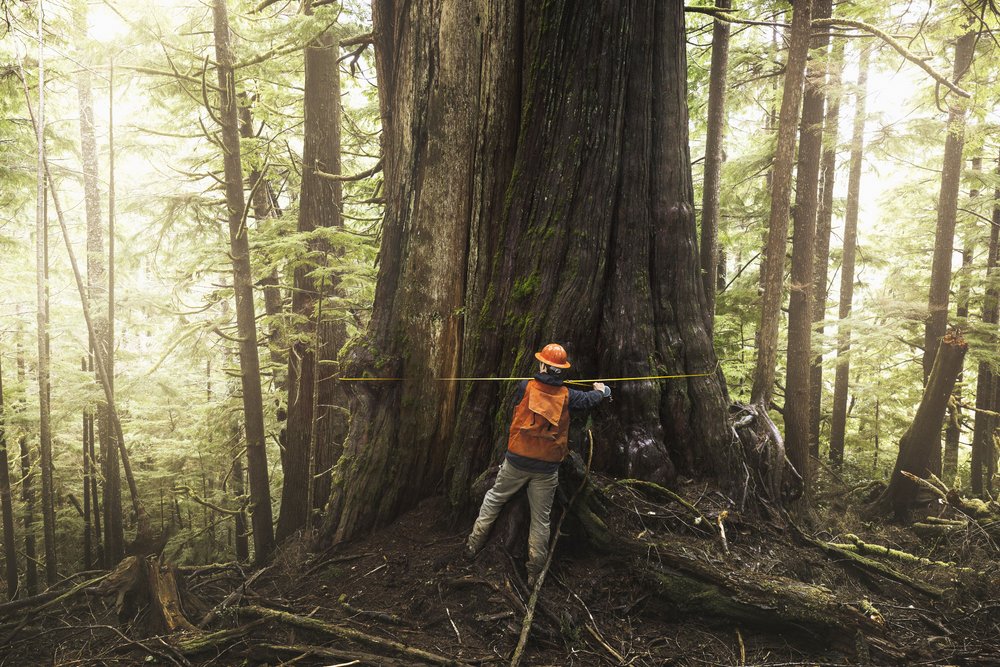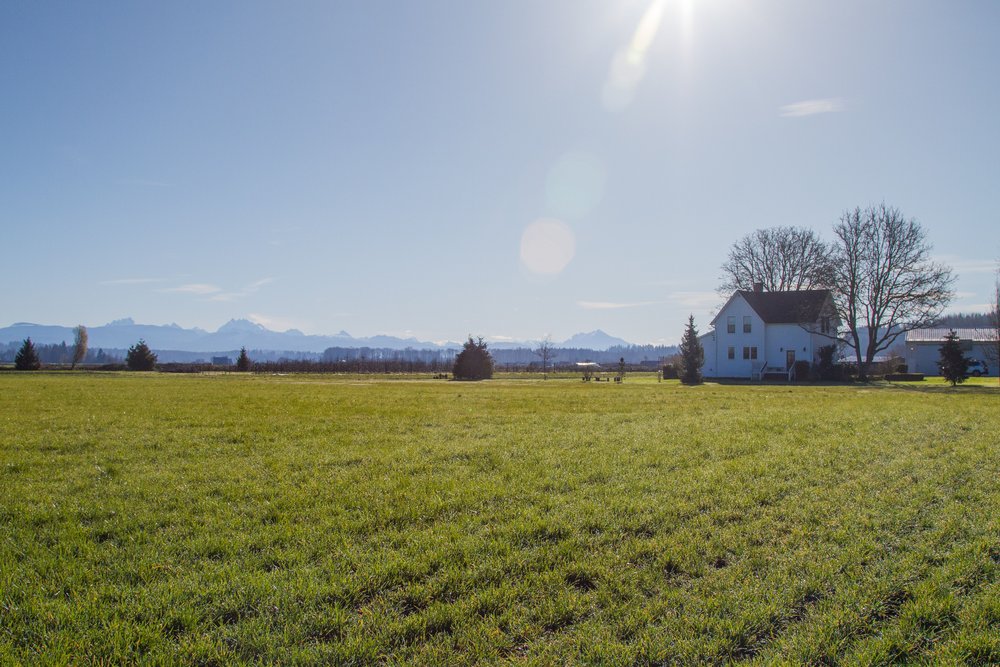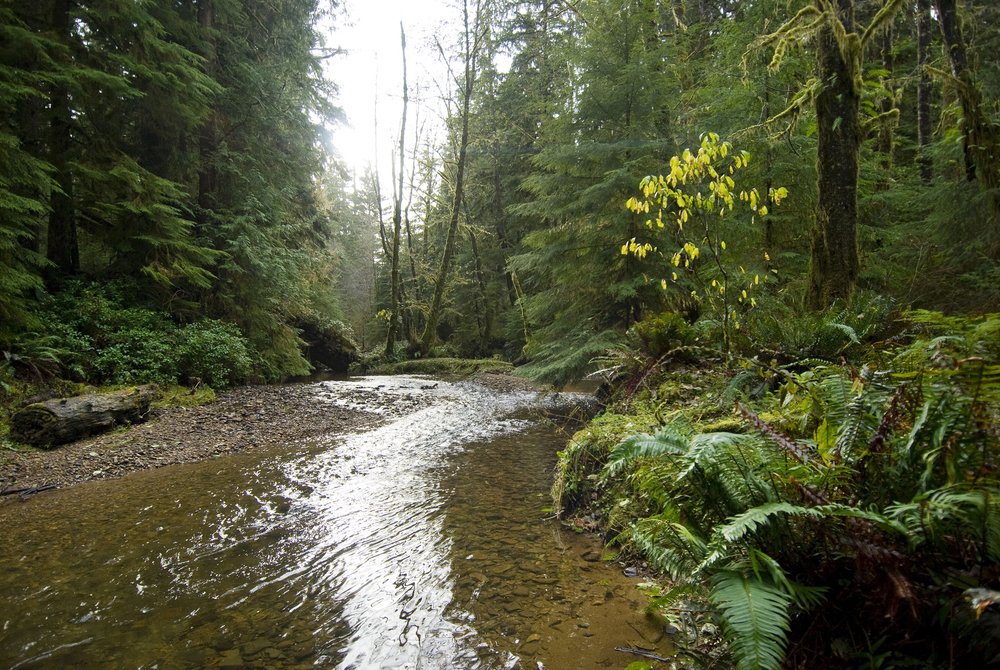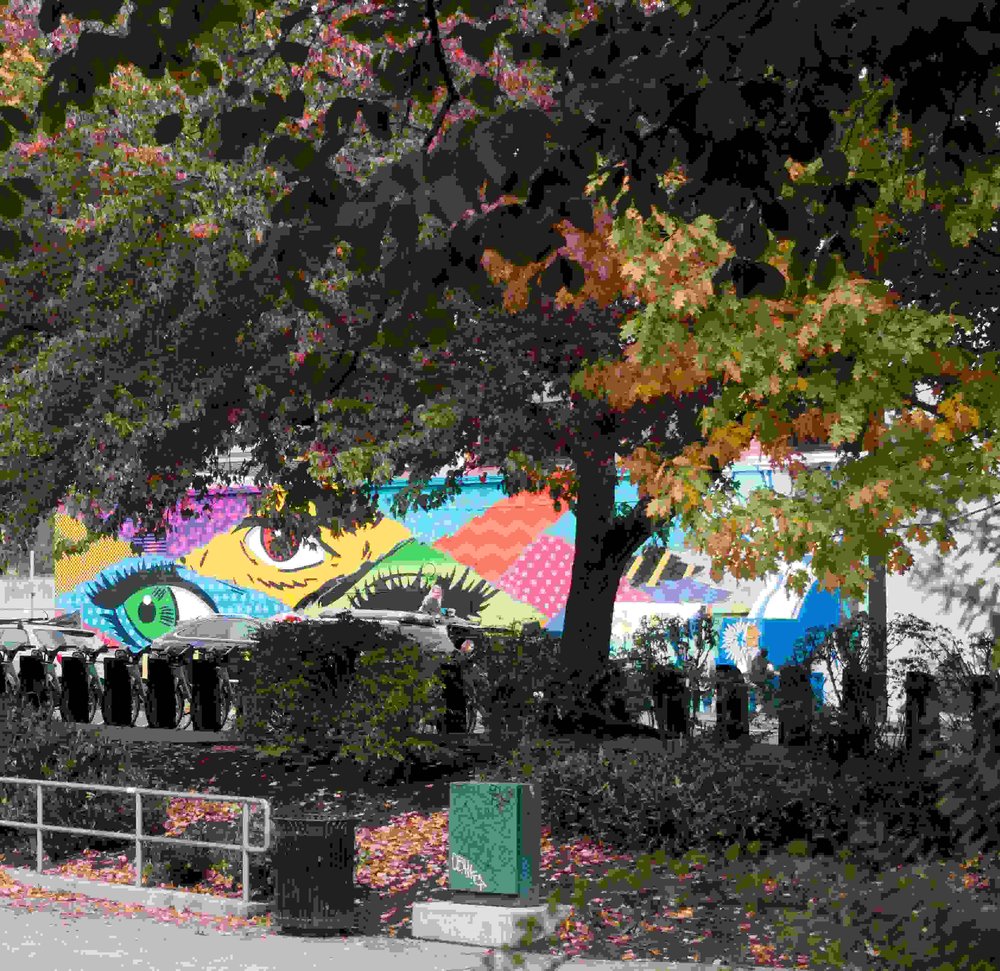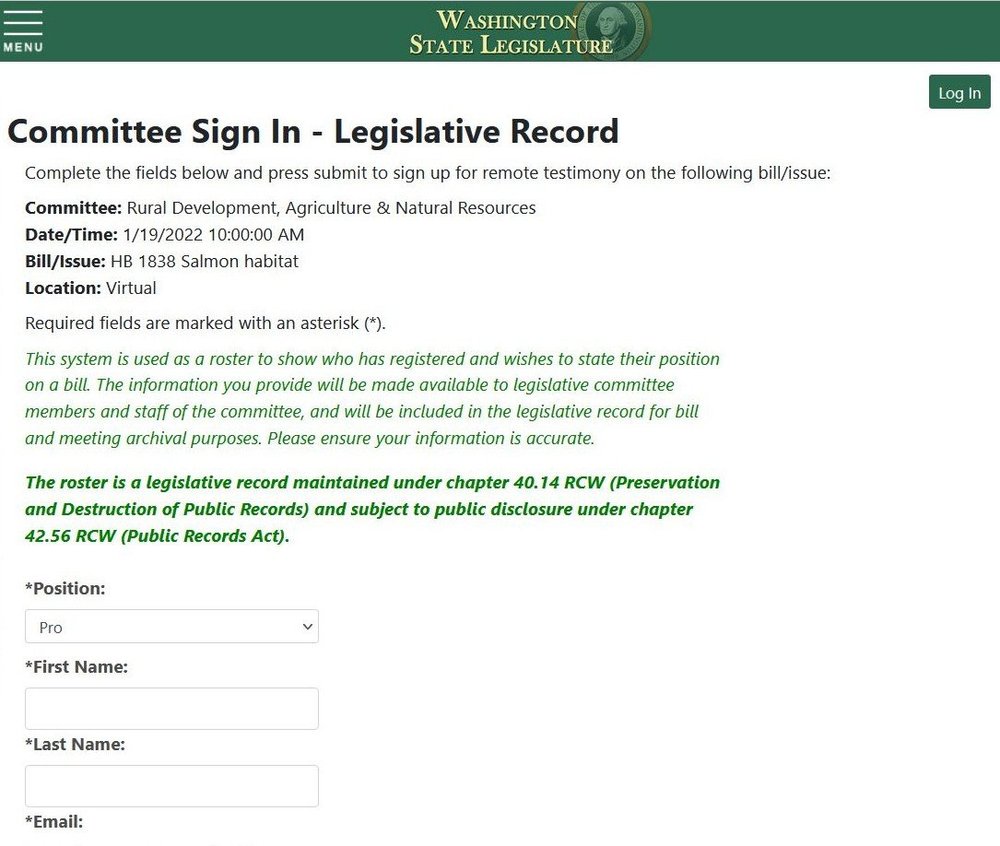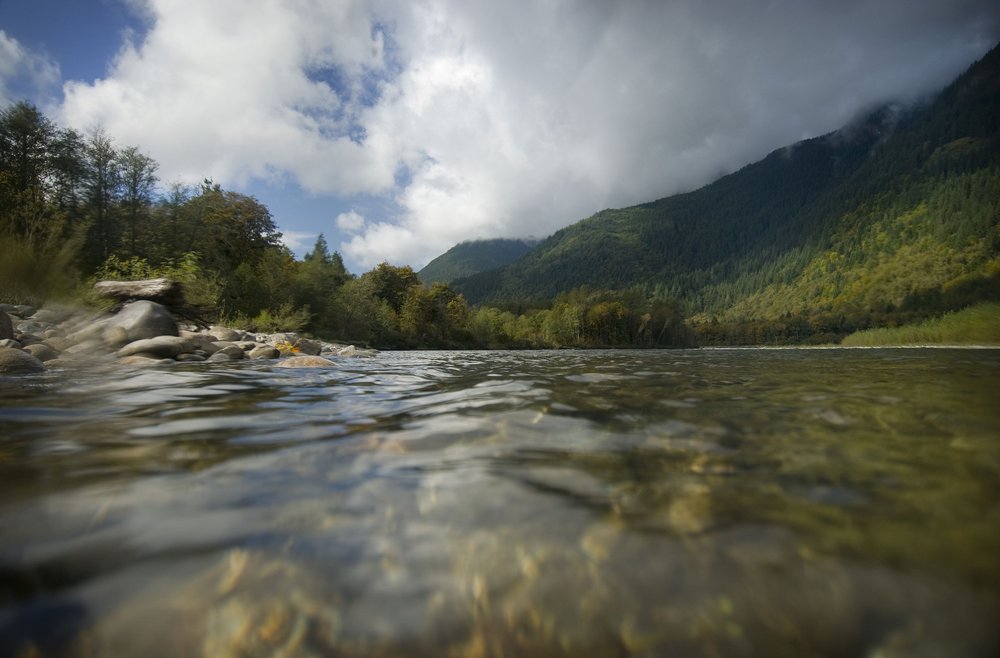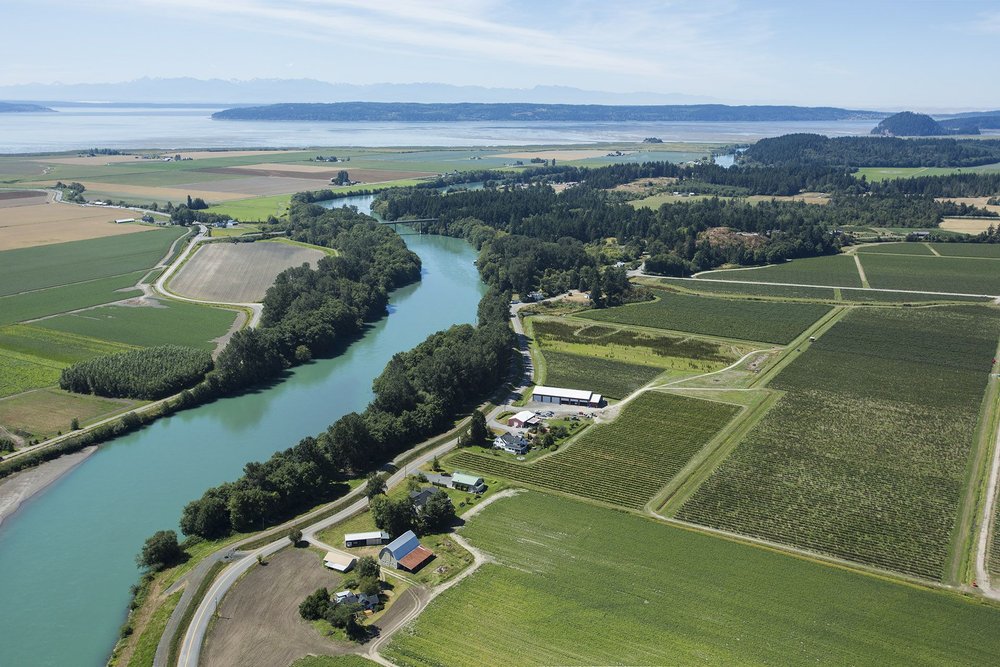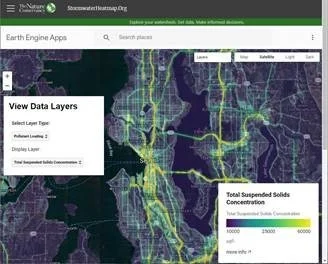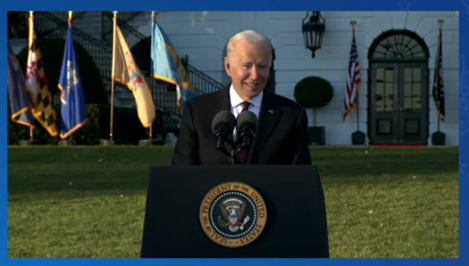by Molly Bogeberg, Marine Conservation Manager
When you shuck an oyster, you likely enjoy the briny meat and toss the shell to the side. However, for the oyster industry and the native oyster restoration community, discarded Pacific oyster shells are highly valued. When shellfish farmers shuck Pacific oysters on a large scale, they hold on to and reuse the discarded shells. The shell piles build over time into giant mounds that bake in the sun until the shells are free of any live tissue. These “seasoned” shells are used to stabilize farm roads and to re-grow Pacific oysters back in the water. The shells are also prized by restoration groups looking to restore native Olympia oyster populations.
Side dump truck delivers oyster shell from Norther Oyster Company and Goose Point Oysters to a WDFW storage facility. © Courtney Baxter/TNC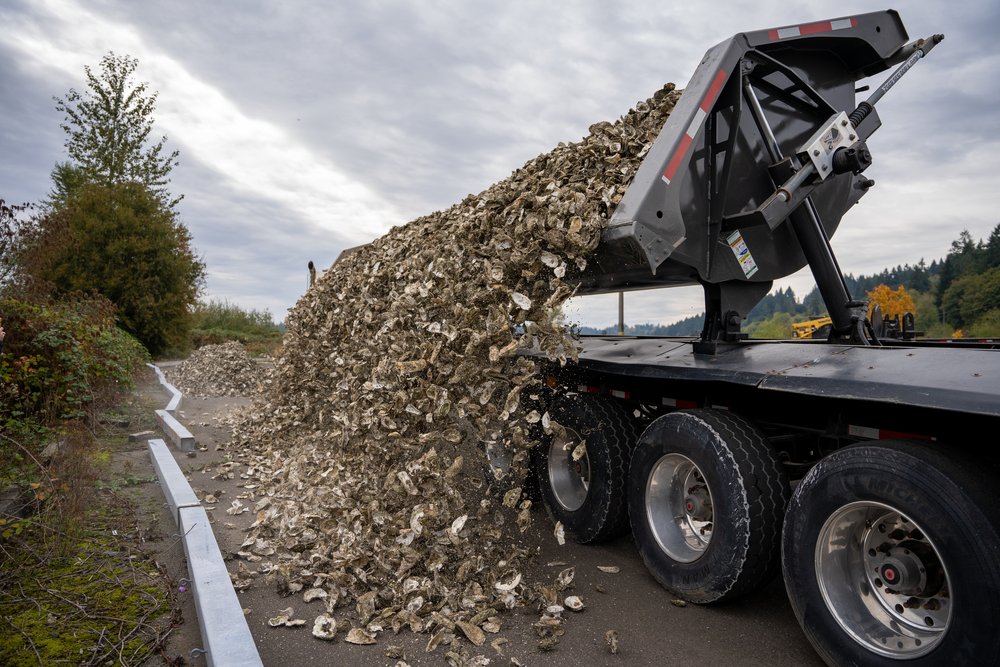
Olympia oysters are the only native oyster found in Puget Sound and along the Washington Coast. While they were once plentiful along shorelines, their populations have seen steep declines over the past 100 years due to overharvesting, competition with non-native shellfish, and water quality issues. Tribes, restoration groups, the shellfish industry, and state agencies have been working together to bring back the Olympia oyster. Finding and acquiring oyster shells is one big piece of the puzzle to help rebuild Olympia oyster reefs.
For Tribes and groups like The Puget Sound Restoration Fund (PSRF), Olympia oyster restoration begins with collecting adult oysters from the Sound, allowing the adults to spawn in the hatchery, collecting and rearing oyster larvae, and then either allowing the larvae to settle on shells as they would in nature or raising the larvae into single oysters.
Molly Bogeberg (TNC) measures an Olympia oyster at a Squaxin Island Tribe’s restoration Site. The smaller Olympia oyster has been growing attached to a larger Pacific oyster shell fragment. Photo by Debbie Ross-Preston.
Oyster shells can also be spread out on mudflats where Olympia oyster reefs once existed, allowing oyster larvae floating with the tides to drop down and settle. Once the larvae settle on the shells, they grow into adult oysters that can spawn and eventually build into an oyster reef.
To support shellfish farmers during the COVID-19 pandemic and Olympia oyster restoration efforts, The Nature Conservancy and PEW Charitable Trusts initiated the Supporting Oyster Aquaculture and Restoration (SOAR) program. This National program focused on purchasing unsold native oysters from shellfish growers and matching oysters with existing restoration efforts. Since shells are critical to native oyster restoration in Washington, SOAR extended the purchase program to include Pacific oyster shells. Over the past two years, we’ve been working with Washington Department of Fish and Wildlife (WDFW) and PSRF to coordinate the purchase of over 800 cubic yards of Pacific oyster shells from Taylor Shellfish as well as Northern Oyster Company with help from Goose Point Oysters. Once seasoned, these shells will be used by PSRF to expand their Olympia oyster restoration efforts in the Puget Sound.
Watch the video below to see the oyster shell delivery in action!
Footage courtesy of Nick Gendron
Learn more about the SOAR program
Banner photo by Courtney Baxter/TNC

